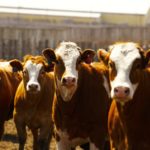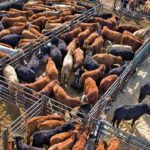Western Canadian feeder cattle markets were relatively unchanged from week-ago levels as most auction barns held featured or pre-sort calf sales. However, premiums of $3 to as much as $8 were noted on pre-conditioned, quality-weaned replacements. Time in the market is more important than timing the market; longer term risk adverse feeding reinforced the fact […] Read more












